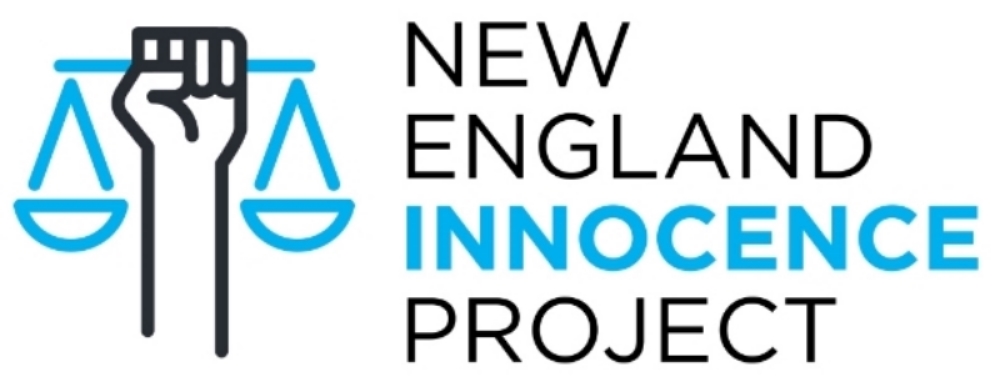November 30th, 2011
Wellesley Deputy Chief of Police William Brooks spoke before a legislative task force in CT in mid-November to discuss the feasibility of implementing best practices for criminal line-ups, particularly in small police departments. Studies have shown that when suspects in line-ups are shown to witnesses one-by-one, accuracy rates improve. When presented with each photo individually, witnesses were more likely to examine each photo individually to see if it looked exactly like the perpetrator, rather than comparing all the photos to find the photo that most resembled the perpetrator.
Similarly, when the officer administering the line-up does not know at which photo the witness is looking, accuracy rates also improve. This technique is called blind administration. Studies suggest that officers can give unintentional and non-verbal cues to witnesses if they know which photo the witness is viewing. Blind administration seeks to limit the officers’ influence over the witnesses’ decision making.
Brooks’ department first implemented some of these best practice techniques in 2005. While Brooks said he was initially hesitant to change line-up procedures after conducting them in the same manner for years, once he learned about the science behind different types of line-ups, he embraced the recommend changes. He explained how even small departments can improve the accuracy of eyewitness identification by using simple techniques such as putting photos in folders and shuffling them before giving them to witnesses. Brooks’ department has had no problems implementing the new procedures and routinely conducts trainings about improving line-up practices.
You can watch a video of the folder shuffle technique on our website here.
